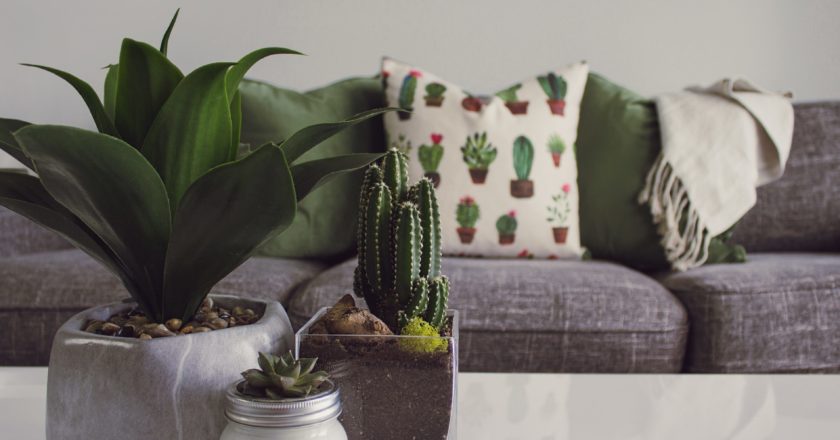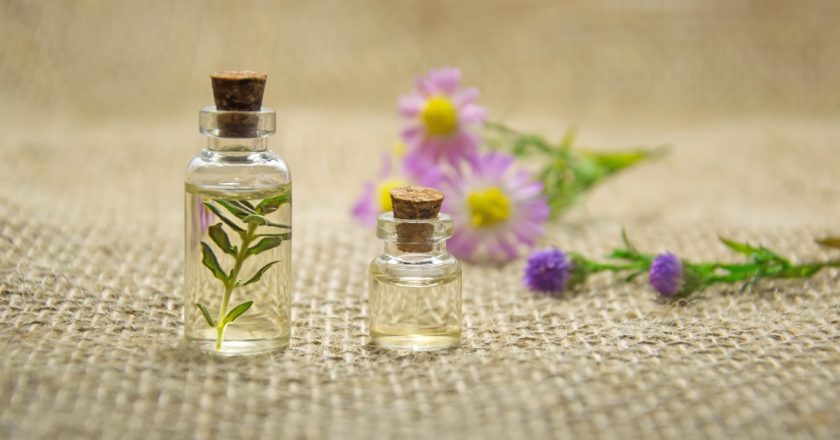Nowadays deciding to be treated only with herbal/holistic/homeopatic remedies is becoming a thing. People want to go back to the oringins, being more healthy and natural, find a way to cure themselves minimizing the risks and potential side effects. DIY is becoming generally very popular as well, maybe for the lack of trust in the health system or for feeding our curiosity and improve our own skills. No matter what are the reasons for both these tendencies, but I thought it would be interesting writing about it, combining the herbal remedies with the DIY side. Obviously you need some knowledge in order to treat yourself properly, so I suggest you to take these advices only if you have some experience or after you have spoken with a professional herbal therapist for the dosage and type of herb you may need to use.
Let’s start from the very beginning, so by collecting herbs from field or garden. For a number of good reasons you should gather your own herbs: you are assured of their freshness and potency, you also know their source, if they are clean, pure and wholesome. You will also save yourself money and gain self-sufficiency and with time you will build an increasing knowledge of plants and their medicinal uses. Although each herb is different and some may require unique handling, the following general principles can be used for gathering herbs:
- Herbs are generally gathered according to their particular growth cycle: annuals (plants that have one growing season, the seed germinates the plant flowers and bears fruit and then dies), biennials (plants which germinate and establish a good root system during the first year, flower and bear fruit at the end of the second year, and then die ), or perennials (plants that live and bear fruit a number of years before they die).
- Herbs must be gathered in dry weather, as those collected in moist or rainy periods are generally weaker and more apt to spoil.
- Gather in the cool of the morning after the dew has evaporated or in the evening before the dew forms on the plant. Also before the sun is high in the sky.
- Preferably gather wild plants from high, dry soils, exposed to clean air and abundant sunshine.
- In all cases, gathering must be selective according to the type of plant and the part to be used (flowers, leaves, roots, etc.).
It is an excellent thing to do cultivating your own herbs in the garden, and I would encourage you to consider it, but try to be selective in the number of herbs you are going to grow. If you do not have enough time, space or knowledge, just purchase what you need from a health shop or a recognised herbal supplier. This is the most quick method to start herbalism.
Once collected your herbs, you need to know how to dry and storage them in a proper way, in order not to lose much of their medicinal value. Dry all herbs carefully outdoors (spreading a layer of herbs on a drying screen in the shade as quickly as possible), indoors (in a dust-free room, at mild temperature, on a drying screen covered away from direct sunlight) or with artificial heat (be very careful, oven drying under 38°C is difficult and often done improperly).
To store them, place them in a tight appropriate container, not made of formaldehyde or certain damaging plastic types, and seal with sealing wax to keep the air from getting to the herb. Always label and date them, and make sure they are used within a year. Never put them under direct sunlight or in room too hot or cold. If its a oil, use a brown bottle or can.
General guidelines should be also followed when starting making your own preparations, for example never use aluminium ware as it poisons with its gases and metallic acid, stainless-steel ware is the best because it does not break, although you should watch for over-high temperatures that cause burning.
It is time now to describe the most common various herbal preparations. Remember that dosages must be adjusted according to personal need.
Capsule: Take the herbal powders and other materials that, because of their nauseous taste or smell, would otherwise be difficult to administer, and place them into a soluble gelatin shell or capsule. These capsules are easy to buy and they are made in different sizes for easy swallowing, with numbers 1 to 4, 0, and 00 being the most common. To fill the capsule, simply take the two halves of a capsule apart and push these halves into the powder and towards each other, pressing the halves together again and at the same time compressing the powder. Dosage depends on the age, size, vitality, condition being treated, and the strength of the ingredients in the capsule itself.
Decoction: This is a process used with hard materials such as roots and barks, chips, etc. Decoctions are intended for immediate use within a twenty-four hour period (72-hour maximum limit when stored in a very cool place) and are generally made by pouring cold water upon fresh or dried herbs. The harder the material, the longer the simmering and extractive period will be. Consider to pulverize them first by mechanical means or pounding; next, soak the ingredients for twelve hours, then set this liquid on the fire and gradually heat to a slight boil. After the extractive period, drain off the liquid while hot and press the herb hard to make sure that all of the therapeutic ingredients are removed, then let stand until cool.
The usual preparation is 1 ounce of herb placed into 1 and half pints of cold water (the half pint will be lost in the extractive process). The herb and liquid is then brought slowly to a boil. The decoction differs from the infusion in that heat is applied and continued over a period of time, because roots and barks generally need longer heating to extract their active principles. When cool, pour off the clear liquid on top, separating it from the settlings and, finally, sweeten to taste. Add more water when decoctions are too strong. Dosage depends on age, size and temperament, but generally 2 fluid ounces to a cupful of liquid three times a day.
Infusion: An infusion extracts the active principles of herbs in water, or other fluid, without simmering or boiling;. Pour a liquid over the raw or powdered herb. The liquid may be hot or cold, but the flavour of the herb is generally much stronger and the action is much faster when made and administered hot. Generally a standard infusion is used with the lighter herbs (such as the leaves, flowers, etc.), and is made by placing one teaspoonful of finely cut dried herb or two teaspoonfuls of bruised fresh herb into a cup and adding boiling, distilled water; cover and let steep for 15 minutes; strain and drink.
Be sure to cover the vessel and stir occasionally, and then carefully strain off the clear liquid. Dosage varies according to type of herb and problem condition, but usually one cupful three times a day. Regulate the quantity to fit the patient’s strength, kidney problems, extreme debilitation, etc.
Oil: This preparation is made from the plant oils. For instance, with the mints (peppermint, spearmint, etc.), the oils come from the leaves. Many of these oils, when properly made (with olive oil), do not go into rancidity easily. The amount of herbs used depends upon the quantity of oil desired, but often a pound of fresh herbs to a pint of olive oil is used. Simmer the herbs for hours until the oil comes out of the herb. In the case of cloves, grind up fine, and simmer the powder in olive oil at a temperature of 50-65°C. Never use mineraloils. For olive oil, which is high in nutritional value, massage as much as the skin will absorb; it can be also used in small doses internally, except when for gallstones or kidney stones.
Ointment: It is a soft, semi-solid fatty herbal preparation used for a protective and emollient effect, liquefying when applied externally. Ointment bases are generally composed of various mixtures of waxes, animal and vegetable oils and the medicinal substances are mixed with them. Start with a melted base, such as olive oil and beeswax, and combine with herb. A good standard is 14 ounces of olive oil, 2 ounces of beeswax, and 1 pound of fresh or 1 and half pound of dry herbs. Place into a closed container, put into the oven and leave there at low heat (around 80°C) for 3-4 hours. Periodically, take a fork and lift the fresh herbs to see if they aregetting browned and brittle, and whether the oil has drawn the value from the herb. Vaseline as a base is generally inferior to animalor plant oils, but may be used if you do not want the preparation to be absorbed quickly into the skin.
Pill/Tablet: In this case the herbal agent is ground into a very fine powder and mixed with a mucilage of gum Arabic (made by dissolving gum Arabic in water), slippery elm, or a syrup, etc. which is then worked up into a pill mass. A portion is then cut off, sliced into small strips and then into smaller pill-sized pieces, which are then rolled into little round balls for easy administration. A small amount of powdered rhubarb or flour on the board in preparation will keep the mass from sticking, but keep the pill mass in a quite firm consistency, or else the excess mucilage or syrup will absorb too much rhubarb or flour.
Pills can be coated or uncoated, but the pearl-coated pill is a favourite and is readily soluble in the stomach. Pills are usually made so that one pill equals about 300-400 milligrams of the herbal compound. A pill differs from a tablet in that a pill needs mucilage or other substance added to keep the herbal agent in an adhesive mass, whereas the tablet will adhere by its own characteristics upon compression.
Poultrice: This herbal preparation is a soft, semi-liquid mass made of some cohesive substance mixed with water, vinegar or other substances, and used for supplying heat and moisture to an area, or to act as a local stimulant. Have the herbs ground or granulated. When using fine powder, just use enough moisture to make a thick paste, and when using the granulated form, a thick paste may be made with a mixture of water and cornmeal. If fresh green leaves are used, simply heat, bruise, triturate or chop the leaves up finely, and apply to the affected parts. Be generous in making poultices, covering the afflicted area thickly.
Spirit: It is an alcoholic or hydro-alcoholic preparation containing ordinary alcohol and a watery liquid that has been distilled from an alcoholic tincture or mash. It is a volatile prepared by distillation, whereas a tincture is prepared by infusing the volatile substance in alcohol. These are used as tonics, etc. A few drops on up are used as specified.
Syrup: A thick, sticky liquid preparation made by dissolving sugar into distilled water, decoctions, infusions, juices, or other aqueous solution, and it is used to suspend medicinal or flavouring agents for easy administration alone, or to combine with other preparations. For making a syrup with herbs, settle out the heavier matter and pour off the clear liquid; then add to that 1 and 3/4 pounds of sugar, place into an appropriate vessel, heat until the sugar is melted, cool, and store for future use. Another formula for making a simple syrup is to pour 1 pint of boiling water over 2 and half pounds of sugar, place on a hot stove and stir until the liquid begins to boil, and then instantly remove. Dosage varies from 1 teaspoonful to 1 tablespoonful once or few times per day.
Tincture: This is technically a fluid extract, but the medicinal virtues are extracted into solution with grain alcohol or vinegar, which are better preservative for long term storage of extracts. Take approximately 4 ounces of ground dried herbs or 8 ounces of finely chopped fresh herbs and place them in a glass bottle with at least 16 ounces of alcohol or vinegar, until the herb is completely submerged under the liquid. This is tightly capped and each day for 10 days to 2 weeks the bottle is shaken vigorously at least 3 times a day or more. Extract all liquids, squeezing the herb residue thoroughly, with a regular juice press, or wring out by hand through cloth, etc.
After the liquid is extracted, place the tincture extract in dark or painted bottles, stopper thoroughly and store. When administering a tincture internally, you may evaporate the alcohol from the solution by putting it into hot water, or it can be taken as is. Dilute at least 1 teaspoonful of tincture to each cup of water.

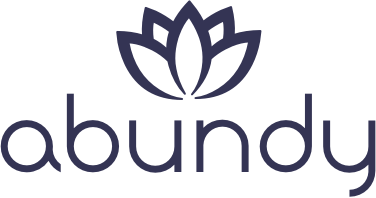
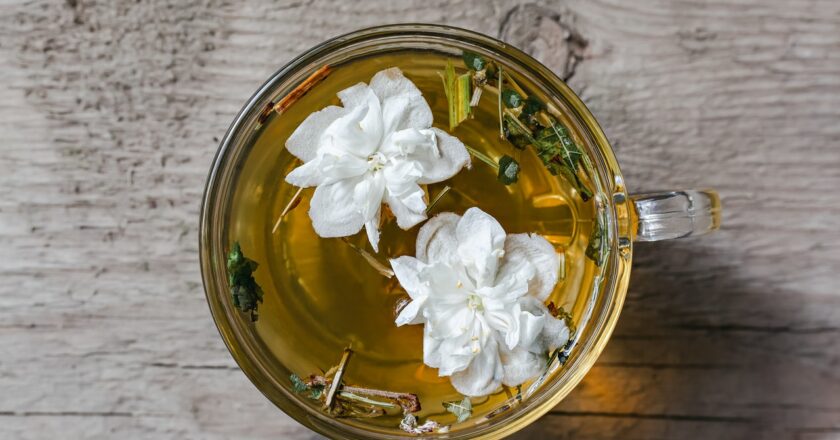
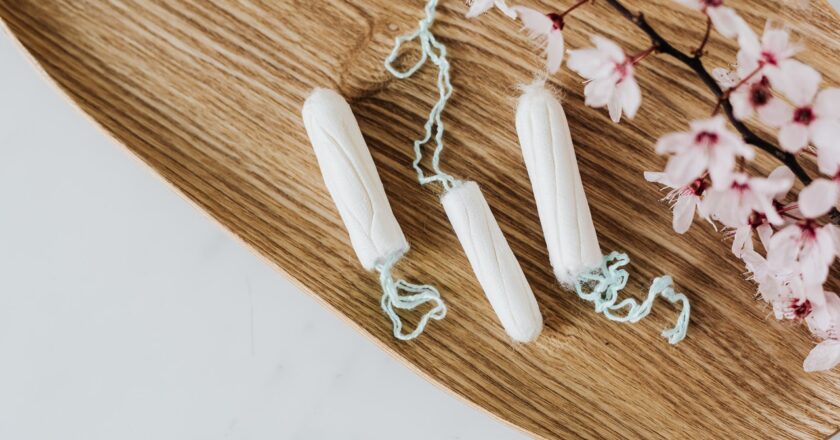
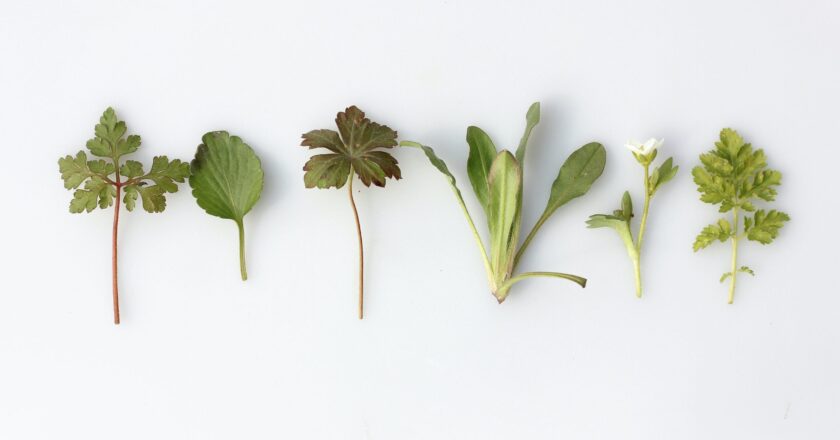
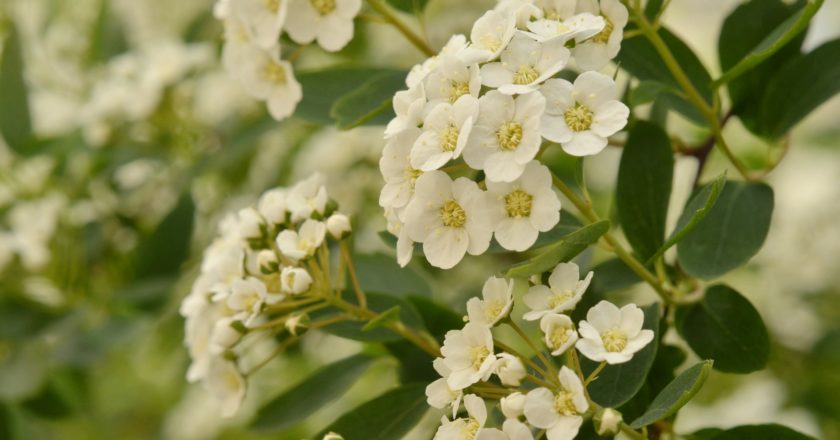
 All the parts of this amazing plant (leaves, berries, and flowers) except for the root, can be used to create an herbal medication. As a plant species, hawthorn was only native to the northern hemisphere, where there are a variety of different types, which produce slightly different fruits. The most common hawthorn fruit is quite small, has a berry shape and is tart, red to pink in color. If you noticed, I did not say that they are berries, but that they have a “berry shape”. This is because they contain a single seed stone inside, much like peaches or plums.
All the parts of this amazing plant (leaves, berries, and flowers) except for the root, can be used to create an herbal medication. As a plant species, hawthorn was only native to the northern hemisphere, where there are a variety of different types, which produce slightly different fruits. The most common hawthorn fruit is quite small, has a berry shape and is tart, red to pink in color. If you noticed, I did not say that they are berries, but that they have a “berry shape”. This is because they contain a single seed stone inside, much like peaches or plums.
